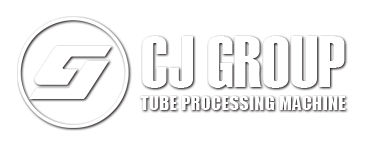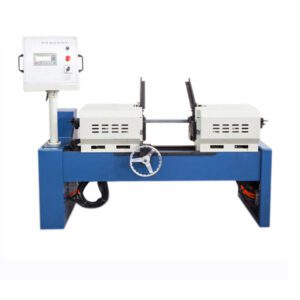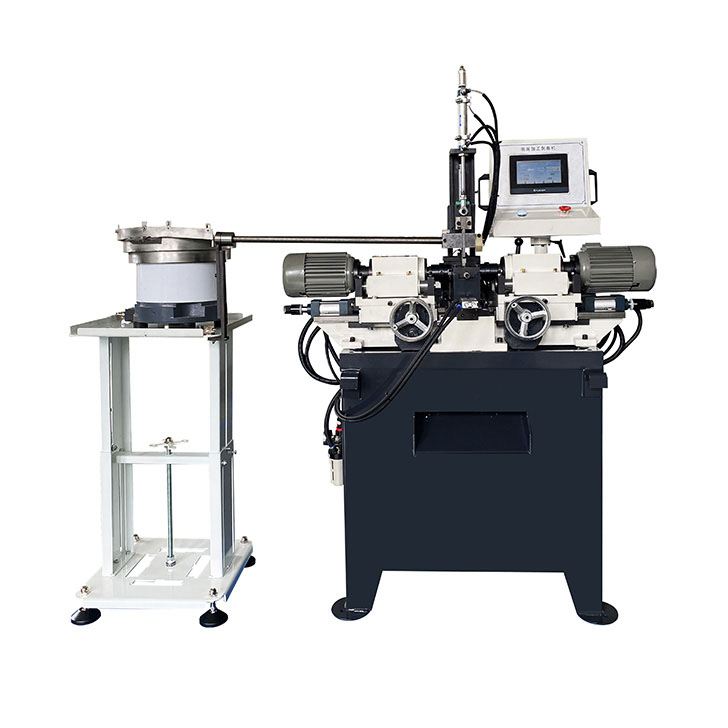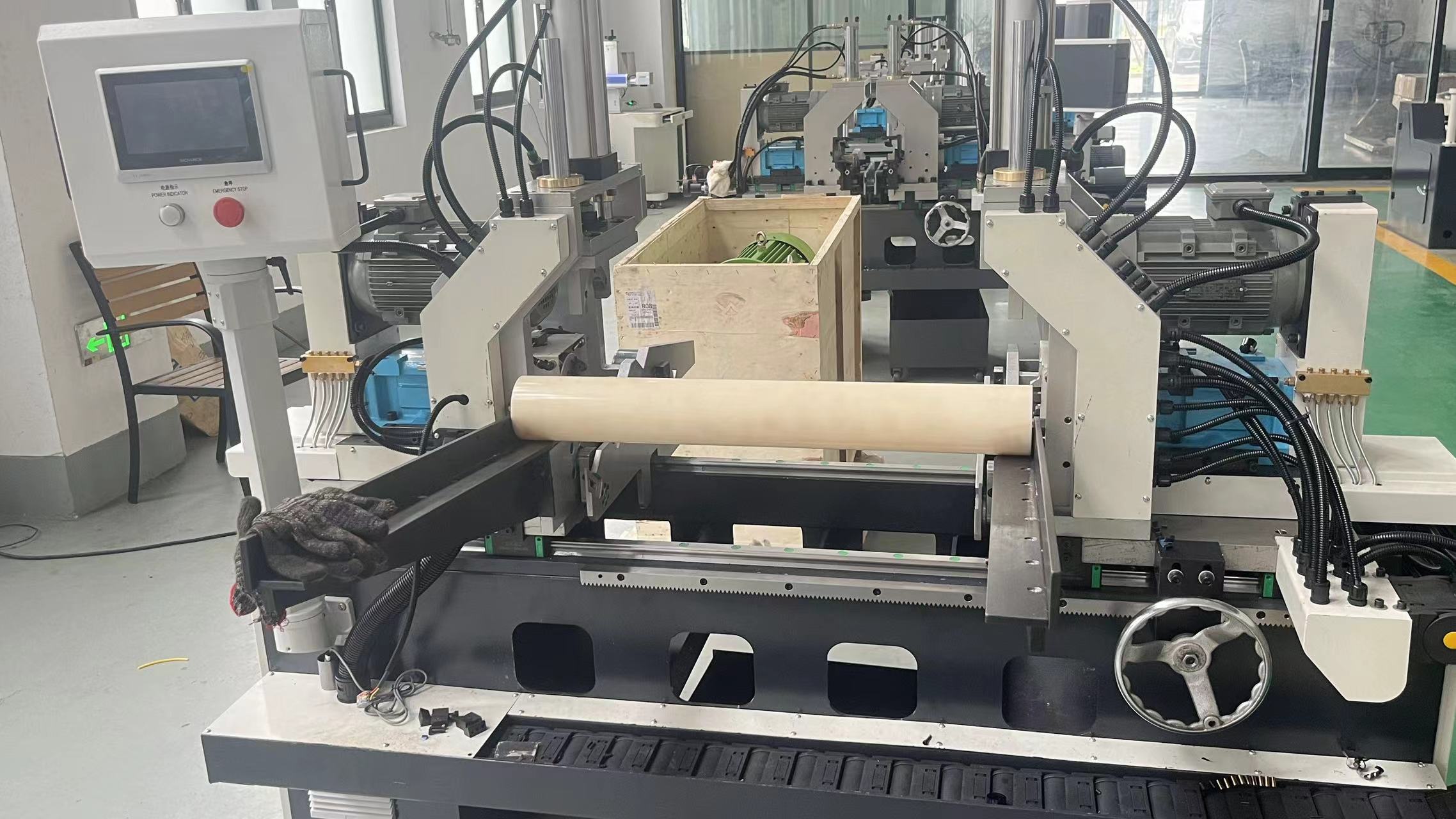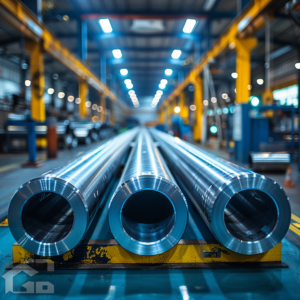
Chamfering and filleting improve functionality, aesthetics, and safety of edges. Neglecting this can lead to mechanical failures or injuries.
Chamfer and fillet edges serve to reduce stress, enhance aesthetics, and ensure safety in various mechanical and industrial applications.
Understanding their purposes helps optimize designs and processes for long-term reliability and performance. Learn more about the differences between chamfering and filleting.
What is the purpose of fillet and chamfer?
Chamfer and fillet shapes solve practical and aesthetic problems. Leaving sharp edges untreated can compromise product quality.
Fillets provide smooth transitions between surfaces, while chamfers offer angled edge treatments for function and design.
Chamfer vs. Fillet: A Comparative Look
| Feature | Fillet | Chamfer |
|---|---|---|
| Shape | Rounded corner or edge | Angled or beveled edge |
| Main Purpose | Reduce stress concentrations | Ease assembly or enhance appearance |
| Common Applications | Load-bearing joints | Mechanical mating surfaces |
Chamfered edges are essential for assembly or safety, while fillets strengthen parts. The right choice depends on application needs. Explore how chamfered edges improve assembly efficiency.
Dive Deeper: Fillets in Load-Bearing Applications
Fillets reduce stress concentration and improve durability, especially for high-load parts like gears and shafts. Rounded transitions distribute loads evenly, extending part lifespan. Learn why fillets are crucial in high-load components.
What is the purpose of chamfer edges?
Chamfer edges enhance usability, safety, and manufacturability. Sharp edges can cause accidents or complicate assembly.
Chamfer edges improve assembly alignment and eliminate sharp, hazardous corners.
Dive Deeper: The Role of Chamfered Edges in Industrial Design
Chamfers make parts easier to align and assemble, reducing manufacturing time and errors. They also eliminate sharp edges, improving user safety and comfort. Discover how chamfering streamlines industrial design.
Examples of Chamfer Use
| Industry | Example Applications | Benefits |
|---|---|---|
| Automotive | Chamfered gears | Smoother assembly, reduced wear |
| Aerospace | Edges of turbine components | Stress reduction, better aerodynamics |
| Consumer Products | Electronics casings | Safer handling, improved looks |
Chamfering serves both aesthetic and practical goals. Neglecting it can result in unsafe or dysfunctional edges.
Chamfering is crucial for eliminating sharp edges, improving fit, and enhancing appearance.
Dive Deeper: Practical Benefits of Chamfering
Chamfering prepares surfaces for welding or bonding, making processes more efficient. It also enhances precision, helping parts align more accurately in complex assemblies. Understand why chamfering is essential for precision assembly.
Chamfering for Customization
Customized chamfer dimensions meet specific industry needs. For instance, wider chamfers in plumbing ensure better joint seals, while narrower ones improve precision in electronics. Explore how custom chamfering impacts industry-specific applications.
What are the two main uses of a chamfer in general mechanics?
Chamfers improve assembly processes and enhance safety. Sharp edges can damage tools, parts, or users.
Chamfers are mainly used for alignment and safety by reducing sharp, harmful edges.
Dive Deeper: Assembly and Safety Benefits of Chamfers
Chamfered edges act as guides during assembly. They ensure accurate placement of parts, reducing error rates. They also protect hands and tools from accidental injuries. Learn how chamfers improve assembly accuracy and safety.
Chamfers in Precision Tools
In precision mechanics, chamfers prevent burr formation, enhancing tool life and part quality. For instance, chamfered drill bits ensure cleaner cuts and longer operational life. Explore the benefits of chamfering in precision tools.
Conclusion
Chamfering and filleting edges improve functionality, safety, and appearance in diverse applications. These techniques ensure reliability and precision across industries.
